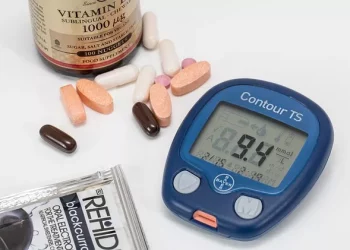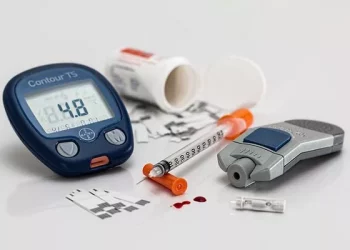Despite a significant increase in the use of sodium-glucose cotransporter 2 inhibitors (SGLT2i) among patients hospitalized with both type 2 diabetes (T2D) and heart failure, the overall adoption of this medication remains low. This suggests that improvements are needed in the transition from hospital to community care, especially for medication adherence.
Improving Medication Adherence Through Transitional Care
Pharmacist-led interventions have been shown to improve medication adherence compared to usual care for heart failure patients with T2D. As patients transition from the hospital setting to home care, education on medication reconciliation plays a critical role in improving long-term health outcomes.
Transitional care, a period in which patients are most vulnerable, has been shown to positively impact self-management and can reduce readmissions. However, successful transitions require strong coordination between hospital systems and community healthcare providers. A study published in Risk Management and Healthcare Policy emphasized the importance of enhancing the role of pharmacists during this phase, with novel technologies potentially expanding access to essential services.
“Medication nonadherence is a significant risk factor for readmission, and the pharmacist’s role in promoting medication reconciliation can have a profound impact on outcomes,” the study authors noted.
Pharmacist-Led Interventions Show Promise
In a randomized clinical trial, patients with congestive heart failure showed modest improvements in medication adherence when they received pharmacist-led interventions, compared to those who received usual care. Patients in the intervention group had a higher proportion of days covered by heart failure medications, as well as a greater likelihood of maintaining at least 80% adherence, the study found.
Low Uptake of SGLT2i in Heart Failure Patients with Type 2 Diabetes
A retrospective cohort study examined the trends in SGLT2i usage among patients with T2D hospitalized due to heart failure in Australia from January 2014 to June 2021. The study included 18,932 patients, with a median age of 78, of whom 56.9% were male. Despite a gradual increase in SGLT2i use during this period, uptake remained low.
From January 2020 to June 2021, 5588 individuals with T2D and heart failure were hospitalized, and only 664 (about 12%) were dispensed SGLT2i within 90 days of discharge. Interestingly, usage was higher in males and lower with increasing age. Moreover, patients with complex health issues—such as frailty, multiple comorbidities, and prolonged hospital stays—were less likely to receive SGLT2i.
Medication Trends Post-Hospitalization
During the same period, other diabetes medications were widely dispensed. Metformin was prescribed to 41.4% of patients, while 27.8% received DPP-4 inhibitors, 22% insulin, and 16.8% sulfonylureas. For patients who were prescribed SGLT2i, the use of other medications was also prevalent: 82.2% received metformin, 72.9% were on beta-blockers, 65.1% used loop diuretics, and 57.8% were prescribed ACE inhibitors or ARBs.
The study’s authors noted that the majority of patients who started SGLT2i post-hospitalization were already on the medication prior to their hospital stay. This highlights the need for better care transition strategies, such as in-hospital medication reconciliation and comprehensive discharge checklists, to ensure optimal use of guideline-directed medical therapy (GDMT).
Conclusion:
While SGLT2i usage has seen a notable increase, it remains insufficient among patients with both T2D and heart failure. Addressing this gap requires better integration of care between hospital and community settings. Medication adherence programs, especially those led by pharmacists, can play a crucial role in improving patient outcomes and ensuring that patients with heart failure and diabetes receive the full benefits of guideline-directed medical therapy.
Related topics:
Unhealthy Diet and Poor Sleep Linked to Higher Risk of Diabetic Kidney Disease, Study Finds
One in Six with Pre-Diabetes Faces Heart Attack or Stroke Within Eight Years



























